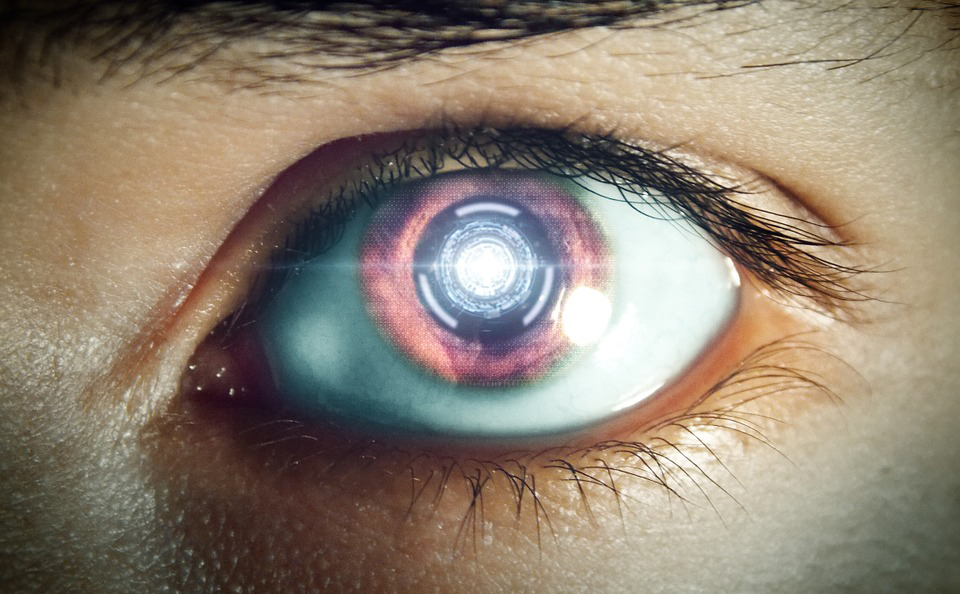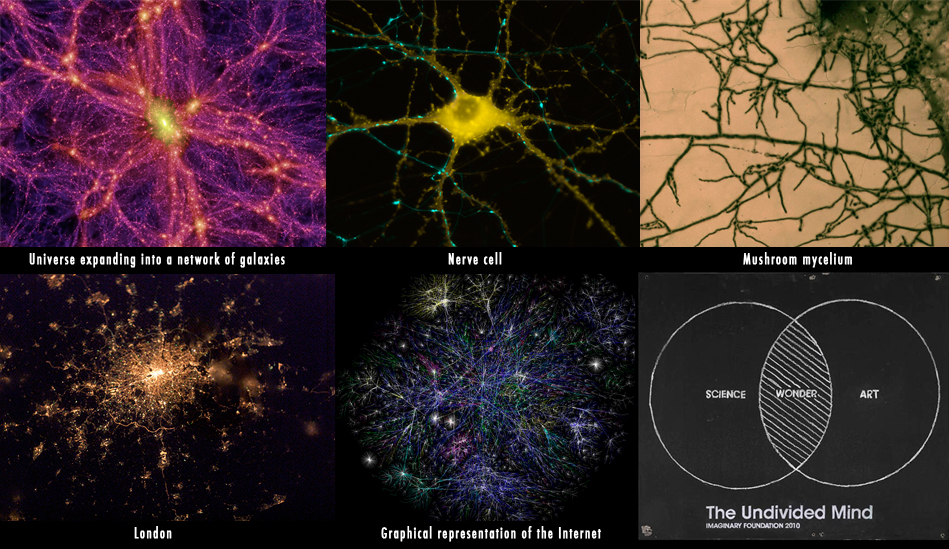Futurist Ray Kurzweil assesses the current state of virtual reality. He then predicts how virtual reality, nanotechnology, and artificial intelligence will evolve in 5, 10, and 25 years. In the near future we’ll experience virtual worlds produced before our eyes on special eyeglasses. In a few decades, nanobots within our body will be able to alter consciousness to produce virtual environments. These innovations will at first be seen as novel modes of recreation but will soon serve as important educational tools.
Question: How will next-gen virtual reality change our lives?
Ray Kurzweil: Well, start from today we have virtual world like Second Life. It’s flat, it’s on the little screen over here, it’s kind of cartoon like. Despite that, the fact that it’s not very realistic yet, we see harbingers of everything we do in real life from runs on banks to virtual romances to virtual concerts and all kinds of activities that we do in real life and in fact from people who have been on Second Life just for the past years, they’ve seen a substantial increase in the realism of that virtual world.
The next step is we’re going to put it in our eyeglasses, it’ll be memory images right to a retina and put us in a three dimensional full immersion visual auditory environment so rather being in here it’ll be three dimensional and all of three dimensional out there will be in this three dimensional environment and will be able to walk around and we’re like, to feel like we’ll be able to look at ourselves but wouldn’t necessarily have the same body that we have in real reality and it’ll become more and moiré realistic, go out 10 years it’s going to be just about as realistic as real reality.
Still not within the nervous system, you got 20 years, 25 years, these nanobots, these blood cell size devices will be going in our bodies keeping us healthy from inside. We’ll have some go inside our brains to the capillaries not invasively, there would be interacting with our biological neurons so it’ll extends our memory, our decision making faculties, put our brains on the internet and they also enable us to enter virtual reality environment from within the nervous system.
So, for on to go in the virtual reality environment, the nanobots will shut down the signals coming from I realize in my real skin and create the signals that will be appropriate for the virtual environment and that will feel like I’m in that environment and I’ll have a virtual body and those environment could be the same body I have in real reality, it could be a different body, a couple could become each other, experience relationship from the others perspective, teacher could design a student to become Ben Franklin in the virtual constitutional congress not just dress up as him but become that character and this virtual environments would be like websites, you’ll have millions to choose from and some will be recreations are beautiful earthly environments like the Taj Mahal or the Mediterranean Beach.
Some of the fantastic imaginary environments that couldn’t exist on earth and these are not just sort of places to play although we’ll do that as well but these would be places to interact with other people and it will be an extension of real reality just the Second Life is today and for some people it’s a game, for some people it’s quite serious, it’s a place to be and this place to be, a virtual reality will become more and more realistic, more and more full immersion, more and more detailed and more and more imaginative.
Question: Could artificial intelligence happen even faster than we think?
Ray Kurzweil: I think IBM involvement with the game Jeopardy is just one more example among many the intelligent things that computers can do. I predicted in the 80’s that computer would beat the world chess champion by 1998, it happened in 1997, that seems ridiculous when I made the prediction. As soon as it happened, people dismiss it out with chess is not such a big deal after all but computers will never play Go because that’s really requires intelligence. Well, now computers can beat masters at Go and we don’t think that’s such a big deal.
There’s actually hundreds of intelligent things that computers can do and they are not only games, that in fact part of our modern everyday infrastructure, financial transactions, detecting chronic card frauds, designing products, diagnosing electric cardiograms, guiding intelligent weapon system, flying and landing airplanes, I mean, I can mention a hundred applications that are part of everyday life, with computers are doing things that used to require human intelligence.
Now, these are all examples of narrow way eye, meaning it’s some narrow task but the narrowness is gradually getting broader and it’s being driven by exponential growth and understanding of the human brain and that’s really the grand frontier now in being able to create intelligent machines or we’re making exponential progress in that.
Recorded April 27, 2009






